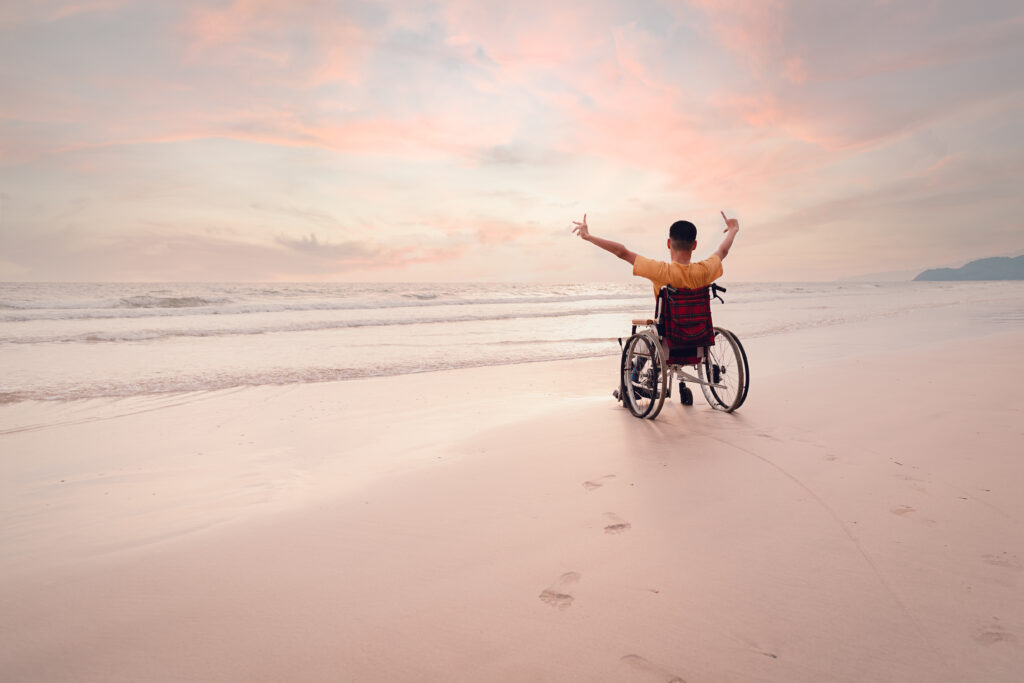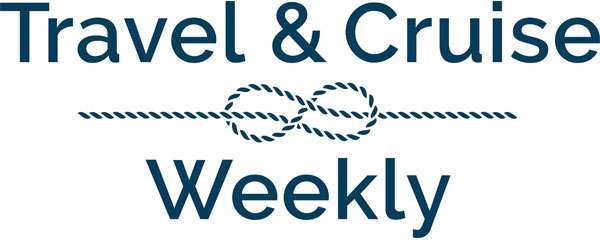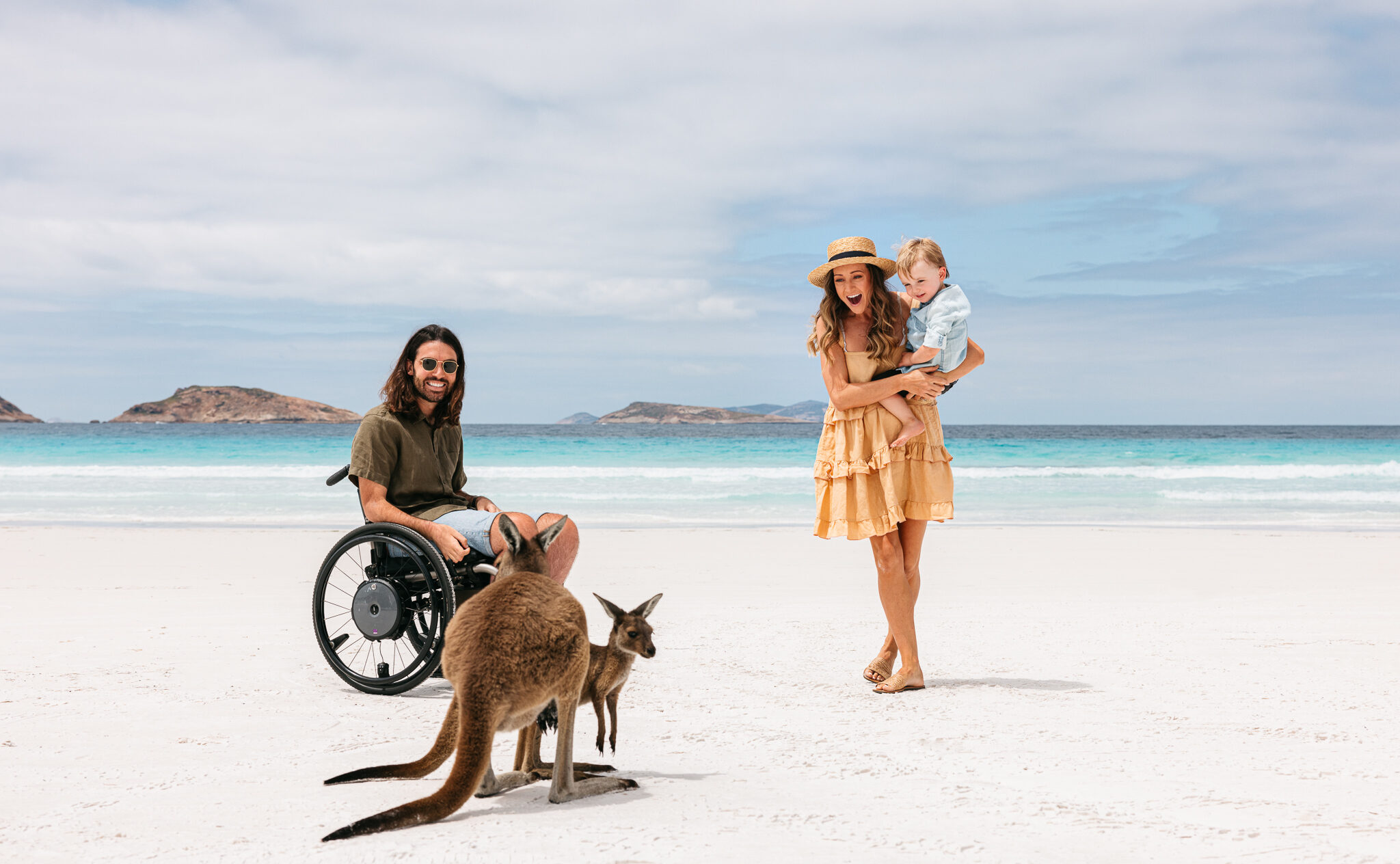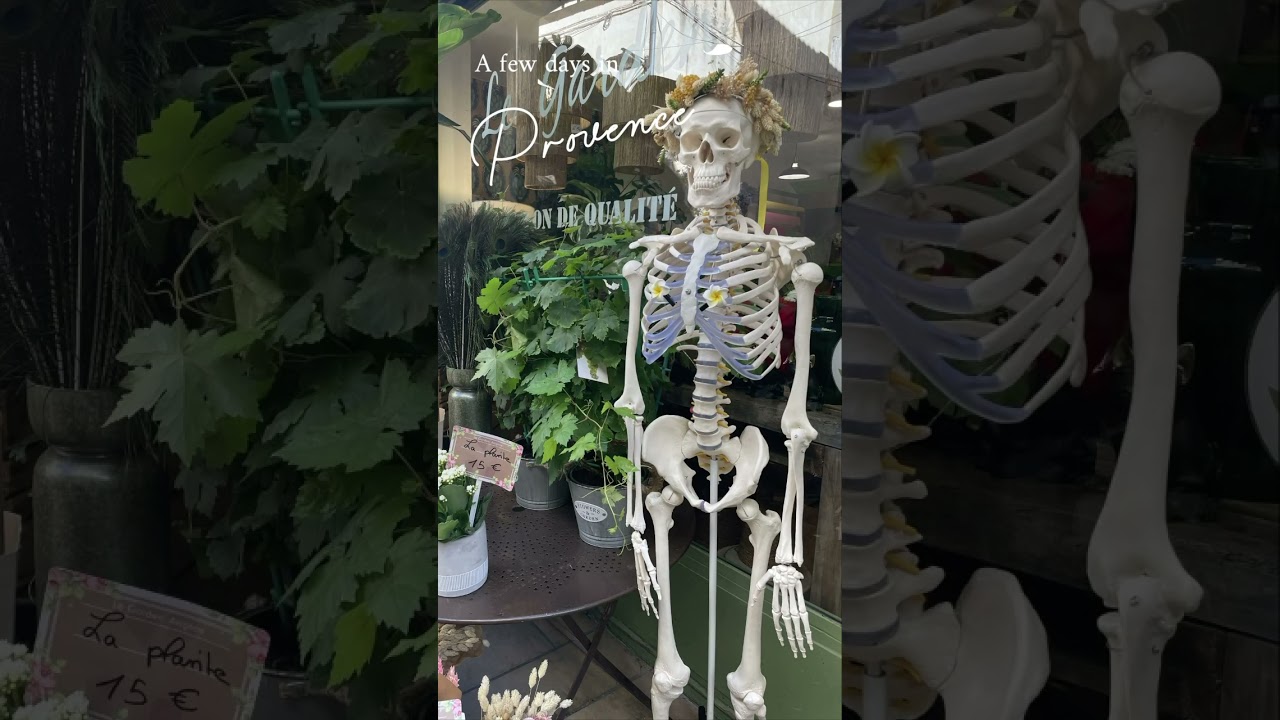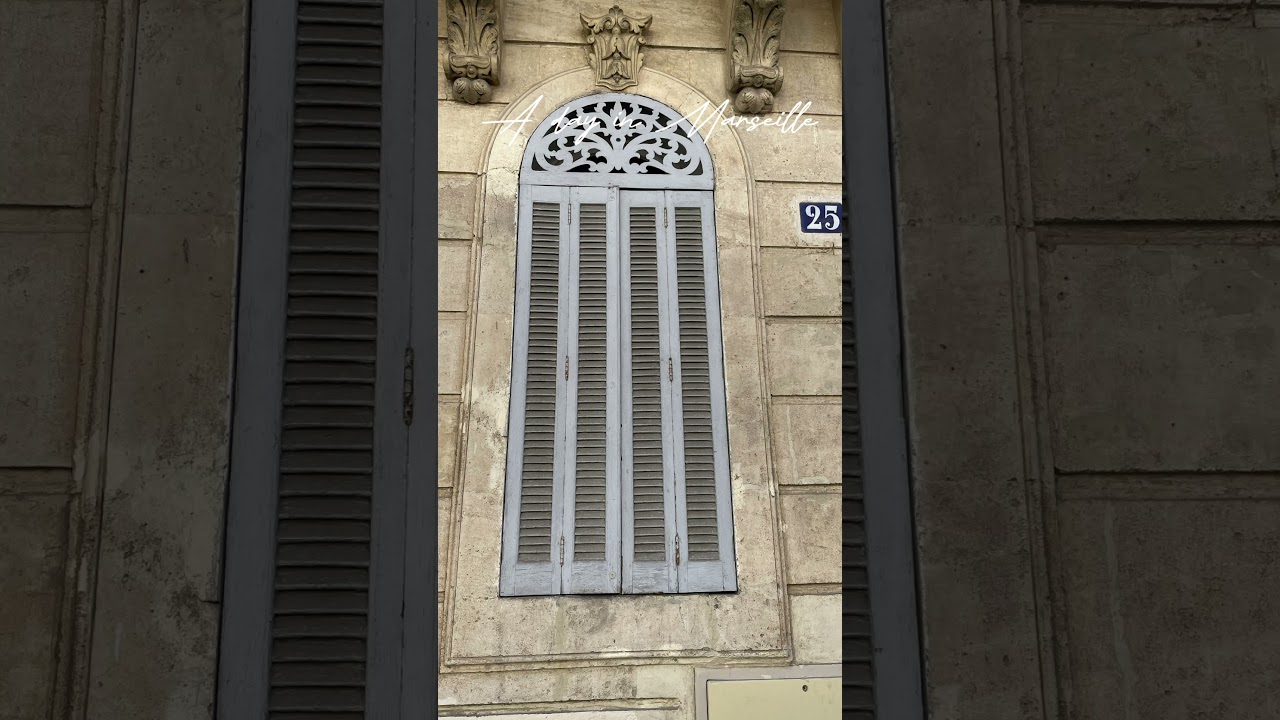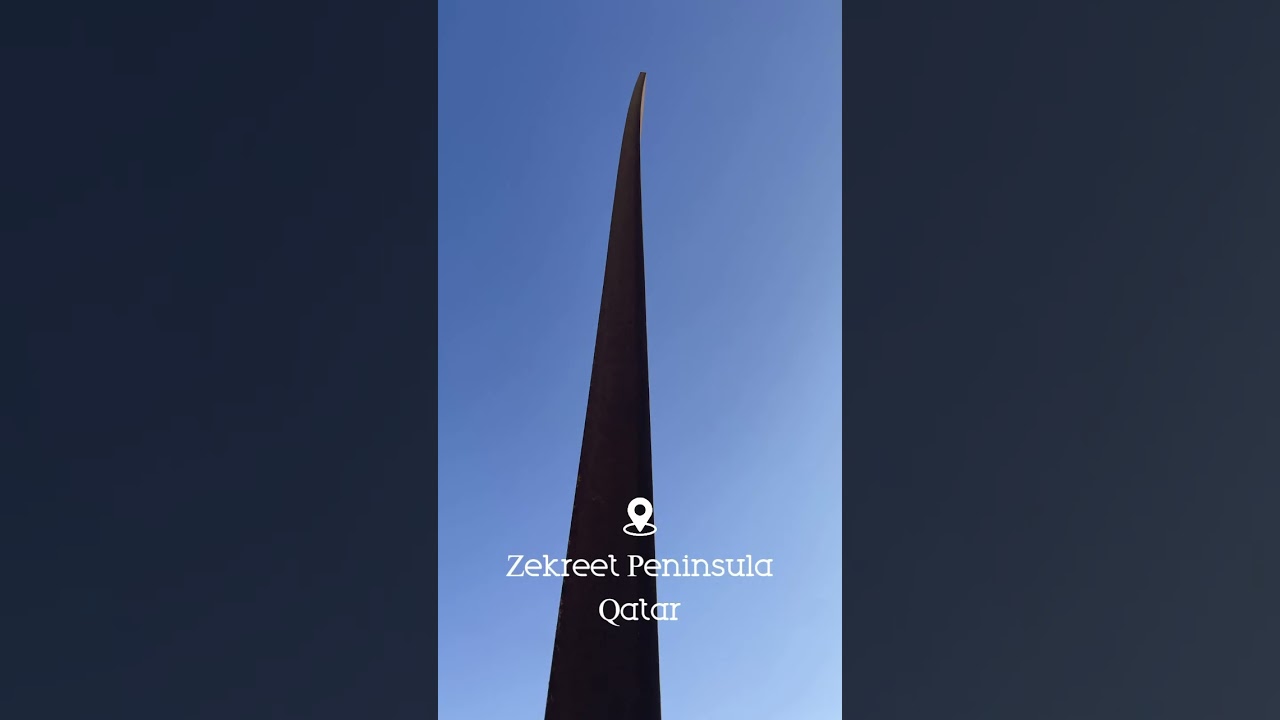Travelling can pose challenges to Aussies at the best of times, but for people living with disabilities, the journey can often seem longer on the back of antiquated processes and short-sighted policies. Thankfully the picture is starting to change in Australia, but as Adam Bishop explains, the industry is still far from ideal for so many Australians.
We’ve all seen the horrible stories in the media, instances where a person with disabilities is subjected to a less-than-ideal experience while travelling on account of their unique physical or psychological circumstances. Just a few weeks ago, a woman from Queensland with spina bifida reported feeling forced to crawl down the aisle of a plane to disembark in Thailand after the carrier insisted the passenger wait for 40 minutes while an aisle wheelchair was sought. The carrier has since apologised for the incident, claiming the unfortunate chapter to be a “miscommunication”, however people living with disabilities will tell you that news stories like these are lamentably far from isolated.
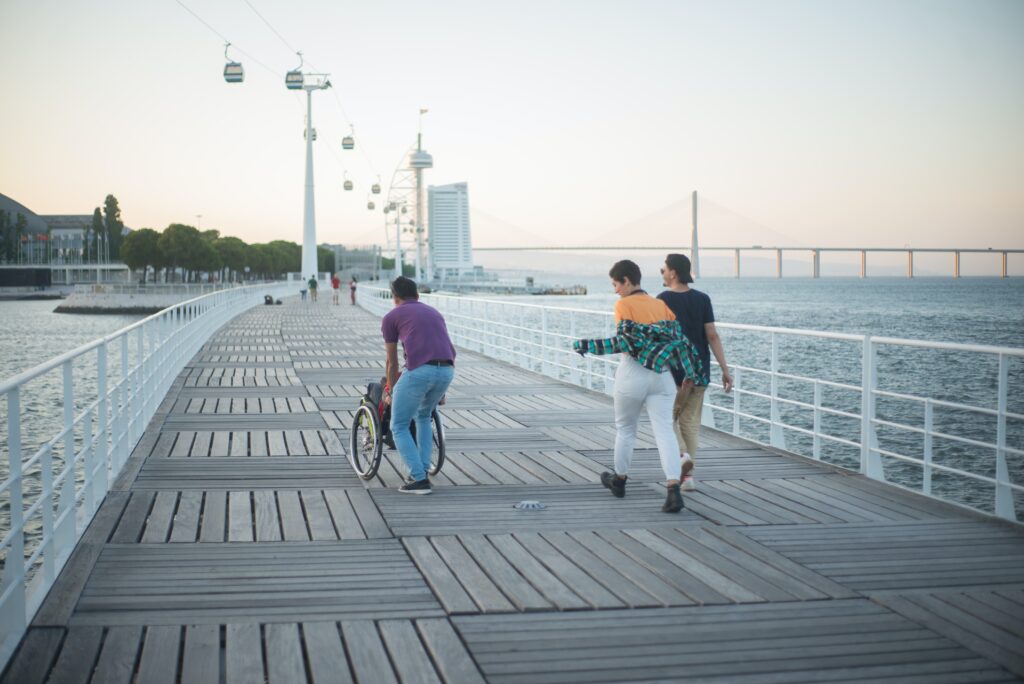
Australian Olympian Kurt Fearnley is just one person in the public eye doing his best to shed more light on the issues around disability in travel. Speaking on the Uncomfortable Conversations podcast, Fearnley admitted that short-sighted bureaucratic rules while travelling in Australia, particularly on planes, provides him with a fair level of anxiety for fear of having his travel plans ruined on the whim of a poor policy
“My ticket can be cancelled if I turn up to a flight and I’m the third person in a wheelchair to check in, which is still the right of an airline in Australia because I’m considered an OH&S risk,” Fearnley explained.
And Fearnley has good reason to be gun-shy about travel, having endured his own Jetstar incident in 2009 when the airline forced the sports star to check-in his specially designed wheelchair, but true to his passionate character, Fearnley opted to crawl through Brisbane Airport rather than use an “unsuitable chair” offered by Jetstar.
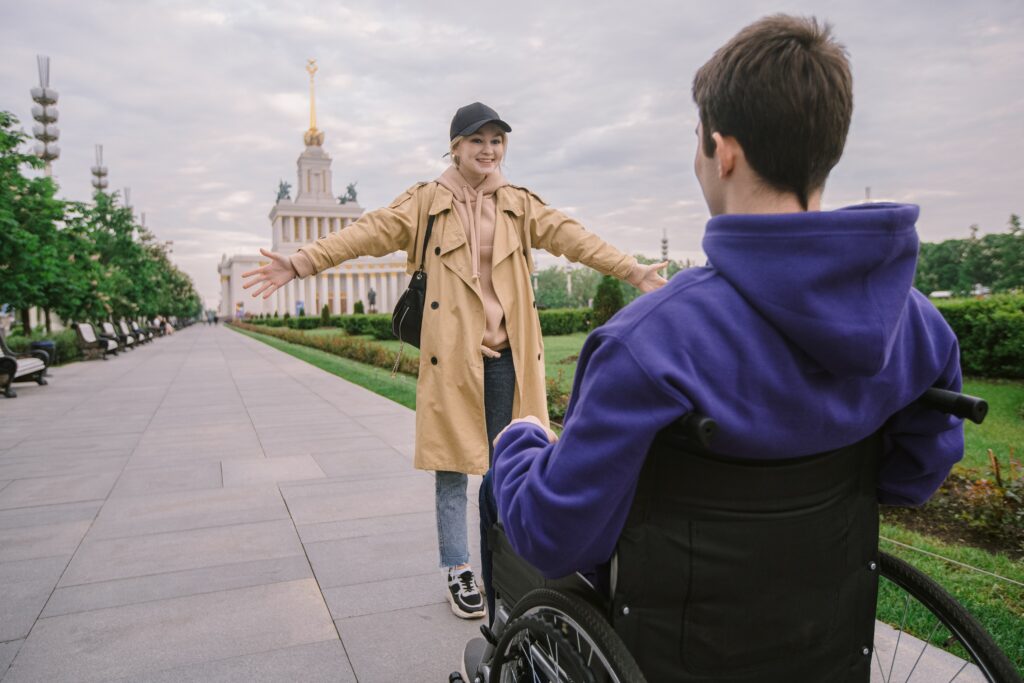
While it is clear that accommodating every type of traveller with a disability presents obvious logistical challenges, for people like Travel Without Limits founder Julie Jones, the picture can only improve when travel brands start to get serious about communication.
“A lack of information is definitely a pain-point,” she says.
“Communication is key, if a hotel, attraction or tour operator has an accessibility tab on their home page, to me that’s a welcome mat, I know that they have considered the needs of the disability community and want to let people know what they offer,” Jones adds.
Jones runs Australia’s first disability-specific travel magazine aimed at inspiring the more than four million Aussies currently living with a disability to develop a greater zeal for travel. But as she explains, while the landscape is slowly improving in Australia, there is much more work to go before this significant cohort of Aussies is effectively catered for.
“Passengers are still left waiting for long periods of time for their wheelchairs to arrive at the aircraft door, while damage to wheelchairs caused during handling is not uncommon. Hotels also need to provide photos, videos and floorplans so that people with a disability can decide if a property is right for them. Information empowers this community of travellers.”
Some brands in the cruise sector have started to heed the call to be more accommodating, offering cabins with electronic doors, ramped bathroom access, wider spaces for wheelchair turning, while many of the larger ships have wide gangways to make embarkation smoother. Brands such as Royal Caribbean, AIDA Cruises and Celebrity Cruises have braille signage in key areas for the sight impaired, while special listening devices in theatres are in place for guests with hearing difficulties. Royal Caribbean also offers lifts for one pool and one whirlpool on every ship, accessible blackjack tables and early boarding priority.
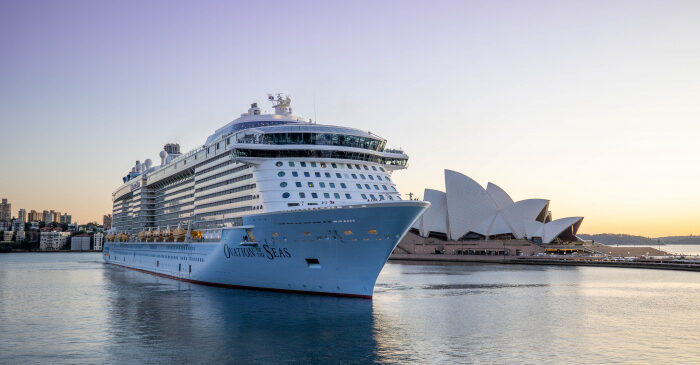
Some travellers with disabilities may also find it easier to simply travel with specialist operators.
One Aussie company out to facilitate quicker change is Cocky Guides, offering multi-sensory adventures in small groups for the blind and low-vision community, as well as dedicated tours with an Auslan Interpreter for deaf travellers or those that sign.
“Our goal is to inspire blind and low-vision Australians to take the next step towards a new adventure,” founder James “Buck” McFarlane said, with the gathering bringing together famous names such as blind author Tony Giles to speak about his travel adventures.
Gains have also been made by companies such as Vail Resorts, which has released its Epic Australia Adaptive Pass in partnership with Disabled Wintersport Australia to provide equal access for eligible guests with impairments to ski and ride at its Australian resorts, while large venues such as the Brisbane Convention & Exhibition Centre (BCEC) has also established multi-sensory and low sensory zones for people on the autism spectrum, PTSD, anxiety and other similar conditions.

From a government perspective, the Victorian Government announced $5.4 million would be spent on making sure a range of tourist facilities across the state are made more accessible to those with a disability from July, building on $5 million already invested to build better tourism accessibility facilities. For its part, NSW is making sure its upcoming airport in Western Sydney breaks new ground when it comes to being accessible for all. As part of the early design phase, airport engineers and designers have worked with consultants and local groups like Wheelchair Rugby to understand common issues based on lived experience.
“Continued consultation and engagement with groups will ensure inclusivity and accessibility regardless of physical limitations, disability or age,” a spokesperson for the Western Sydney International (Nancy-Bird Walton) Airport said.
Meanwhile the much-maligned aviation sector has seen movement from the International Air Transport Association (IATA), with the industry body launching the Mobility Aids Action Group, an initiative charged with improving the transport journey for disabled travellers with mobility aids.
The action plan will be the first of its kind aimed at tackling issues around the safe and secure transport of mobility aids – an issue IATA concedes is of “huge importance to a growing number of travellers”. The objective of the group will be to provide advice and recommendations to airlines and stakeholders concerning the establishment of policy, process and standards related to the handling and transport of mobility aids.
“This is the beginning of a new day where the accessibility community has a seat at the table,” Walshe added.
